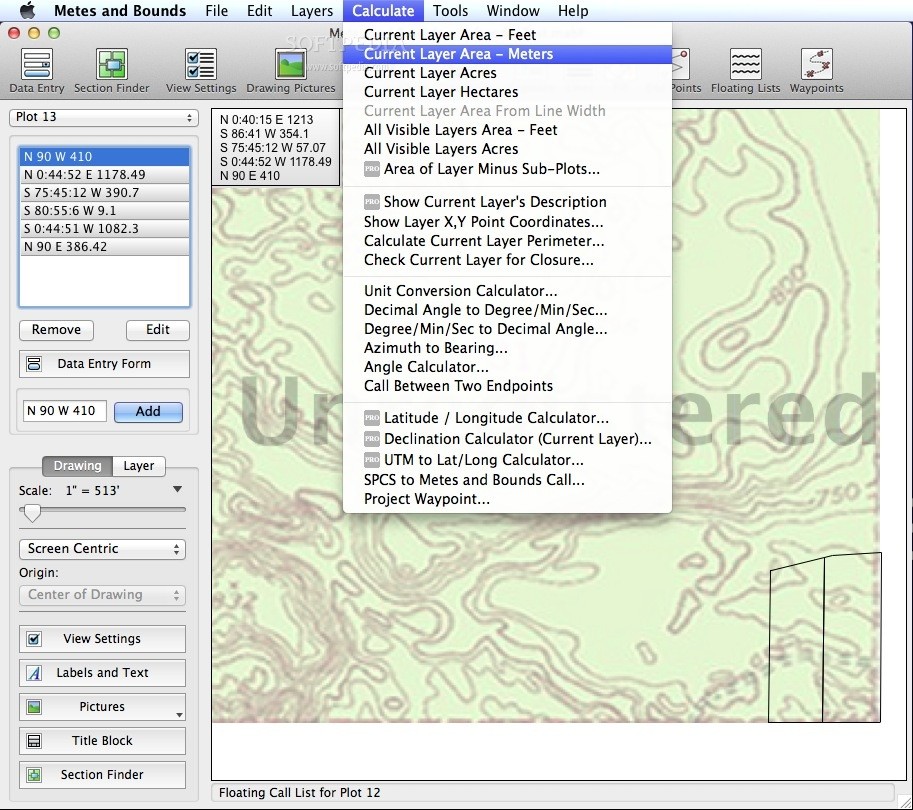

Place the center of your protractor on top of the dot, making sure that it is aligned with the grid on your graph paper and that north is on top.

This will help you remember that this was your starting point, as well as including the markers which will help you possibly match it up with adjoining plats. Beginning at a white oak in Michael King's line). Next to it write down the description of the corner (e.g. Draw a solid dot on your graph paper to indicate your starting point.If your deed description uses poles, rods, or perches, then divide each distance by 4.8 for an easy conversion. If you plan to overlay your plat onto a modern day USGS quadrangle map, then convert all distances to USGS scale and include them on your chart.Check off each line or corner on the photocopy as you work to help prevent errors. Create a chart or list of the calls for easy reference as you play, including only the pertinent information or facts.Land platting experts Patricia Law Hatcher and Mary McCampbell Bell suggest to their students that they underline the lines (including distance, direction, and adjoining owners), circle the corners (including neighbors), and use a wavy line for meanders. Highlight the calls - lines and corners.
#METES AND BOUNDS FULL#


 0 kommentar(er)
0 kommentar(er)
